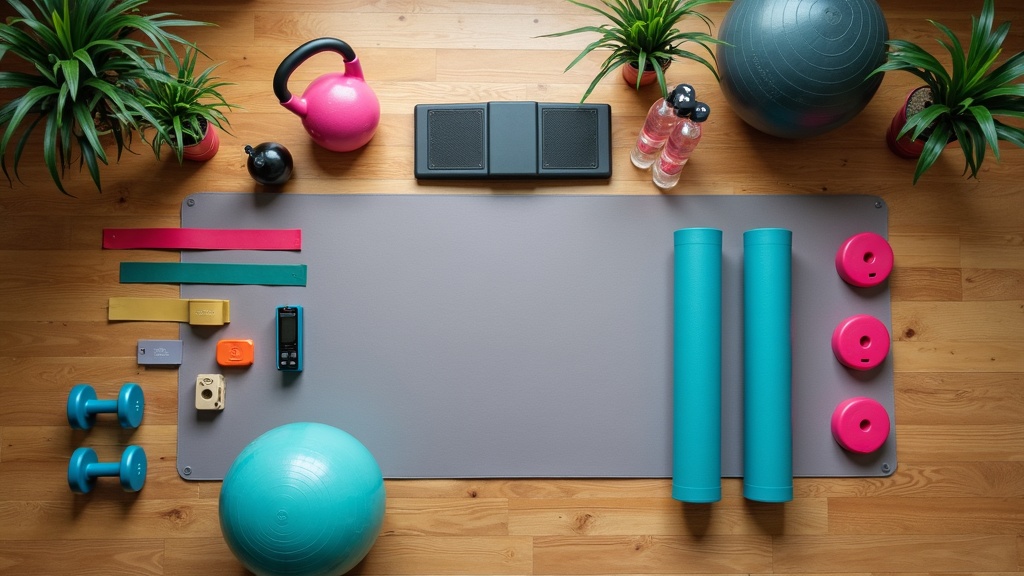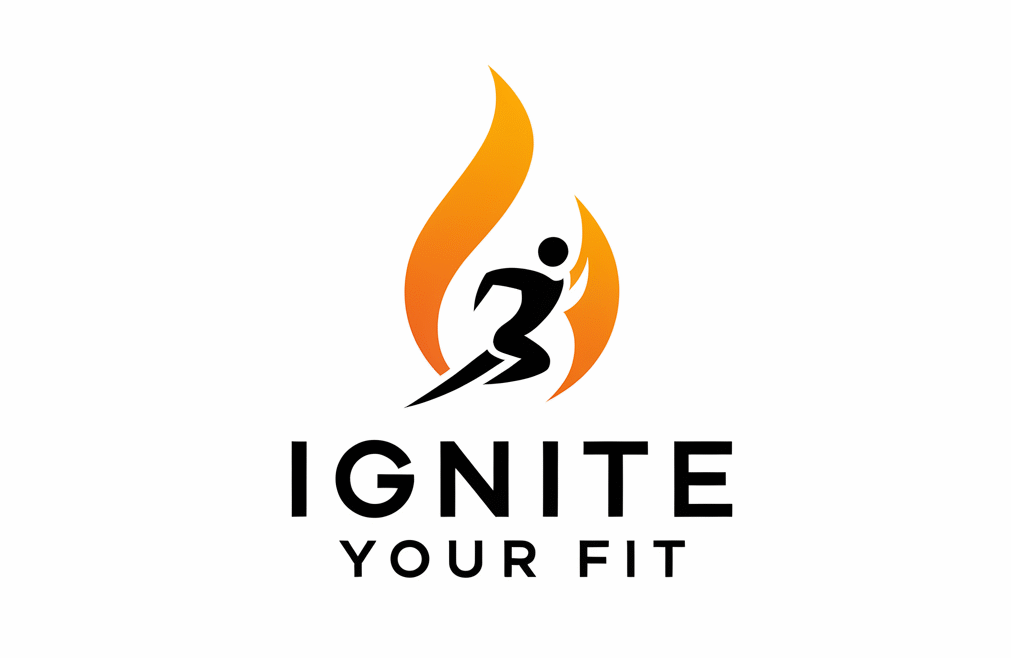 Building strength, staying energized, and feeling confident in your body matters at every age. It feels especially rewarding after 50. As someone who’s been through plenty of fitness ups and downs, I know the right tools make all the difference in keeping workouts safe, fun, and effective.
Building strength, staying energized, and feeling confident in your body matters at every age. It feels especially rewarding after 50. As someone who’s been through plenty of fitness ups and downs, I know the right tools make all the difference in keeping workouts safe, fun, and effective.
If you’re looking to spice up your routine or overcome common barriers like joint pain, motivation slumps, or lack of equipment, you’re definitely not alone. Over the years, I’ve tried tons of gear and gadgets, from simple resistance bands to smart watches that track your every move. Some made a huge difference, while others just gathered dust.
I’ve rounded up my top 10 fitness tools for women over 50—tools that helped me gain strength, boost energy, and keep that self-assured feeling strong. Whether you’re starting fresh or want to take things up a notch, these tools are practical, approachable, and worth checking out.
1. Resistance Bands: Joint Friendly Strength at Home or Anywhere
Resistance bands have become my portable workout buddies. They’re really helpful for strength training, balance, and even stretching. The stretchy fabric or latex design is gentle on joints (hello, creaky knees), and you can dial up or down the difficulty just by switching the band.
- Compact and light, they’re easy to use at home, outdoors, or when traveling.
- Great for toning arms, legs, back, and core with controlled, low impact movement.
- Look for bands with handles or loops for a comfy grip, especially if you have arthritis.
Plenty of free routines are online—just search for resistance band workouts for women over 50. I found these helped me build muscle without bulking up or risking injury.
2. Adjustable Dumbbells: Customizable Strength Training
Lifting weights is one of the best ways to fight age related muscle loss, and adjustable dumbbells take up barely any space. You can set the weight you want. Maybe 3 lbs for biceps one day and 8 lbs for weighted squats the next.
- Space saving and easy to store compared to a whole rack of weights.
- Simple dial or pin systems let you quickly adjust the weight.
- Helps with major lifts for bone health and metabolism.
Focus on proper form over heavy lifting. Starting light and going up in small steps will do more for strength and confidence than trying to impress anyone.
3. Yoga Mat: Comfort for Stretching, Balance, and Meditation
A cushy, nonslip yoga mat isn’t only for yoga fans. I use mine daily for stretching, Pilates, and even standing balance moves. Look for a thicker option if you get sore knees or wrists easily.
- Cushions joints and keeps you steady on any surface.
- Makes floor exercises far more comfortable, and keeps you motivated to fit in a session.
- Good mats last for years with regular cleaning.
Even gentle stretching helps with flexibility, posture, and mood. WebMD covers the benefits of yoga at any age here.
4. Stability Ball: Fun Balance and Core Training
The stability ball (also called a Swiss ball or exercise ball) gave my core routine a jolt. Just sitting on one while watching TV or reading gently works abs and back muscles. You can use it for bridges, wall squats, or rolling curls for extra core strength and stability.
- Improves posture and coordination with gentle, natural movements.
- Versatile for stretching, low impact strength moves, and even swaps for your desk chair.
- Choose the size based on your height for best results.
Plus, it’s weirdly fun. I always feel a little more playful using this than regular gym gear.
5. Foam Roller: Soothe Sore Muscles and Give Flexibility a Boost
My foam roller is like a mini massage therapist. Rolling out tight spots after workouts or on off days keeps muscles loose and eases aches, especially as we get older. It helps improve blood flow and makes stretching easier, so your body recovers faster.
- Affordable and simple to use for back, legs, and hips.
- Reduces stiffness and helps with mobility, which is really important over 50.
- Great for warming up or winding down after exercise.
You’ll find tons of guided foam rolling routines on YouTube for any body part that needs attention.
6. Heart Rate Monitor or Fitness Tracker: Stay Motivated and Informed
Seeing real time feedback on my activity gave my fitness adventure a big boost. Simple trackers or smart watches show steps, distance, heart rate, and even sleep stats. Some models also remind you to move and support guided workouts.
- Monitors heart rate for safe exercise intensity.
- Keeps motivation high by tracking progress over time.
- Connects with fitness apps for easy goal setting and accountability.
Even a basic step counter is a good start if you’re not a tech fan.
7. Ankle and Wrist Weights: Extra Burn for Daily Movements
Add a light set of ankle or wrist weights to walking, Pilates, or even housework to gently increase resistance. I use them a few days a week and notice improved strength in my arms and legs.
- Easy to strap on and use without disrupting daily habits.
- Start light (1 or 2 lbs) to protect your joints; heavy isn’t always better!
- Great for boosting the intensity of regular routines.
Check with your doctor or physical therapist about the best way to add these, especially if you’ve got joint concerns.
8. Step Platform: Low Impact Cardio at Home
I recommend a simple step platform for easy, at home cardio. Step ups raise the heart rate, tone legs and glutes, and you can adjust the height based on your comfort. It’s joint friendly and feels a lot less intimidating than a treadmill.
- Fun for following along with step aerobics workouts online.
- Helps with balance, agility, and heart health.
- Stores flat under the bed or couch.
For anyone with balance worries, use a sturdy chair or have support nearby as you get started.
9. Kettlebell: All in One Strength and Cardio
Kettlebells changed my approach to strength. Their unique shape makes them awesome for dynamic moves like swings, squats, and presses that challenge your whole body. Start with a lighter weight than you think—form matters more than size.
- Builds muscle, boosts heart rate, and improves grip strength.
- Takes up very little space compared to most gym equipment.
- Check out beginner Kettlebell routines on YouTube or fitness apps.
Talk to a trainer or watch some reputable tutorials before your first swing to avoid injury.
10. Gliding Discs: Core and Mobility on Any Surface
Gliding discs are simple but surprisingly effective for firing up core and stabilizer muscles. Place them under feet or hands for exercises like mountain climbers, lunges, or core slides. They encourage smooth, controlled movement and are gentle on joints.
- Works on carpet or hard floors, making them super versatile for home use.
- Improves balance, flexibility, and overall muscle tone.
- Portable for trips or small space workouts.
A set of gliders can be picked up for under $20 and will last for years if used on suitable surfaces.
How to Personalize Your Fitness Toolkit
There’s no single “right” combination, so pick what fits your goals, budget, and any health considerations. I find mixing two or three tools to start keeps things interesting and makes progress easier to notice. Listen to your body, progress gradually, and reach out to a trainer, physical therapist, or your doctor if you want tailored guidance.
Ready to take the next step? Start with what excites you most, and add a new tool as you gain confidence. Your body will thank you with more energy, strength, and confidence. Remember, consistency pays off regardless of your starting point, and with these tools, you can make workouts a fun habit for years to come. Even small changes can set the stage for lasting well being and strength well beyond 50.
